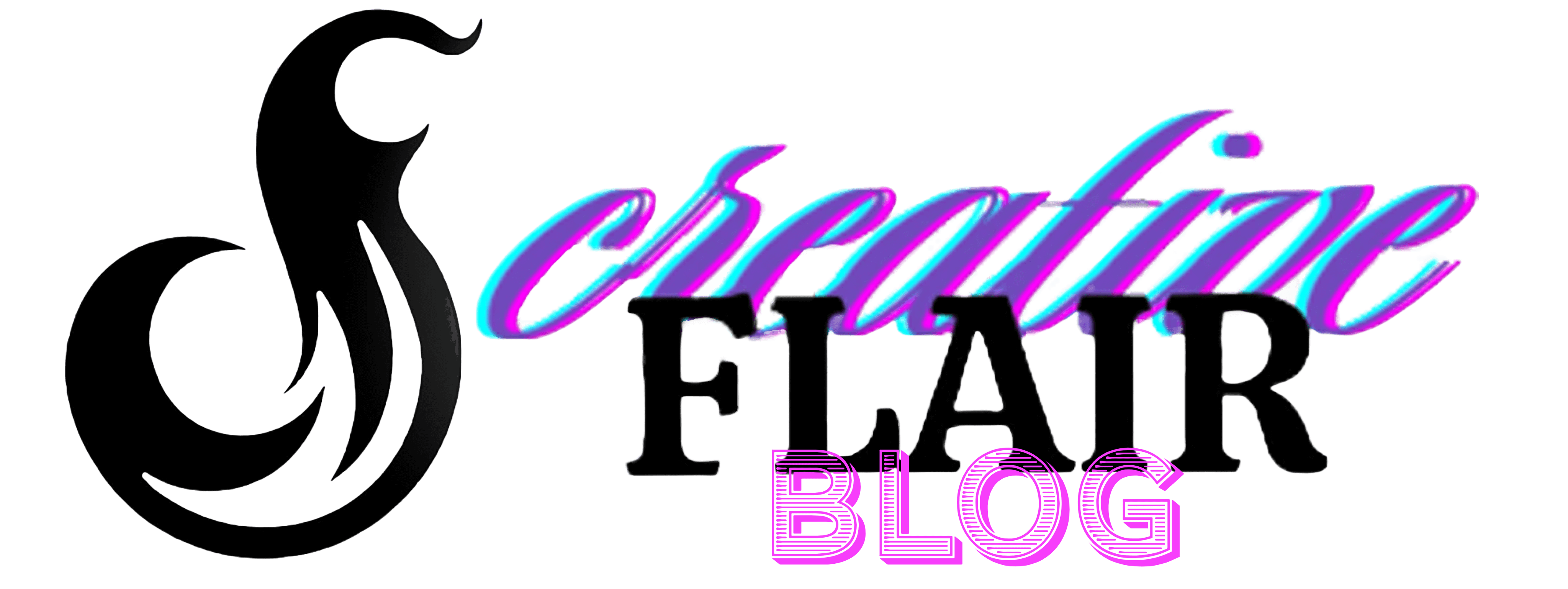Art is one of the most powerful forms of human expression, encompassing a vast range of disciplines, techniques, and histories. From prehistoric cave paintings to contemporary digital art, understanding art enriches our perception of the world and broadens our cultural awareness. This comprehensive guide explores the importance of art knowledge, key artistic movements, techniques, and how to enhance your appreciation for art. Whether you’re an aspiring artist, a seasoned collector, or simply an enthusiast, this article will provide valuable insights into the world of art.
Why Art Knowledge Matters
Art is more than just aesthetics; it serves as a reflection of society, politics, and human emotions. Understanding art allows individuals to:
- Appreciate Cultural Significance: Art is deeply rooted in history and culture, often telling stories of civilizations, revolutions, and societal changes.
- Enhance Creativity: Exposure to various forms of art can inspire creativity in different fields, including design, writing, and innovation.
- Develop Critical Thinking: Interpreting art fosters analytical skills and the ability to see multiple perspectives.
- Increase Emotional Intelligence: Art evokes emotions, helping people process and understand their feelings and those of others.
A Brief History of Art Movements
To understand art, it is essential to recognize the major art movements that have shaped the visual landscape over the centuries.
1. Prehistoric and Ancient Art (Before 500 AD)
- Cave Paintings (30,000 BC – 10,000 BC): Found in Lascaux, Altamira, and Chauvet, these depict animals and hunting scenes, showing early human storytelling.
- Egyptian Art (3000 BC – 100 AD): Characterized by hieroglyphics, tomb paintings, and grand sculptures such as the Sphinx.
- Greek and Roman Art (800 BC – 500 AD): Known for realism in sculptures, architecture, and frescoes, with iconic works like the Parthenon and the statue of David.
2. Medieval and Renaissance Art (500 AD – 1600 AD)
- Gothic Art (12th – 16th Century): Flourishing in cathedrals like Notre-Dame, known for stained glass windows and religious themes.
- Renaissance Art (14th – 17th Century): Led by figures like Leonardo da Vinci, Michelangelo, and Raphael, this period emphasized perspective, realism, and humanism.
3. Modern Art Movements (17th – 20th Century)
- Baroque (1600 – 1750): Characterized by dramatic lighting and grandeur, seen in works by Caravaggio and Rembrandt.
- Romanticism (1780 – 1850): Focused on emotion and nature, with artists like Francisco Goya and J.M.W. Turner.
- Impressionism (1860 – 1890): Monet, Renoir, and Degas led this movement with visible brushstrokes and light exploration.
- Cubism (1907 – 1914): Picasso and Braque deconstructed forms into geometric shapes.
- Surrealism (1920s – 1940s): Salvador Dalí and René Magritte created dreamlike, illogical compositions.
4. Contemporary and Digital Art (20th Century – Present)
- Abstract Expressionism (1940s – 1960s): Jackson Pollock’s drip paintings and Rothko’s color fields define this movement.
- Pop Art (1950s – 1960s): Andy Warhol and Roy Lichtenstein introduced bold, commercial imagery.
- Conceptual Art (1960s – Present): Emphasizes ideas over aesthetics, seen in the works of Joseph Kosuth.
- Digital Art (2000s – Present): AI-generated art, NFTs, and virtual reality art continue to evolve in the digital age.
Essential Art Techniques and Mediums
1. Painting Techniques
- Oil Painting: Slow-drying but allows for rich detail and blending.
- Acrylic Painting: Quick-drying and versatile, widely used in contemporary art.
- Watercolor: Transparent and fluid, ideal for landscapes and portraits.
2. Drawing Techniques
- Pencil Sketching: Basic yet powerful for shading and depth.
- Charcoal Drawing: High contrast, great for dramatic effects.
- Ink Drawing: Used in comic books, calligraphy, and fine art.
3. Sculpture and Mixed Media
- Clay and Ceramic: Popular in both traditional and modern art.
- Metal and Wood Sculpting: Used for abstract and figurative work.
- Collage and Assemblage: Combining different materials to create layered works.
How to Develop Your Art Knowledge
- Visit Museums and Galleries: Engaging with art firsthand allows you to see techniques, textures, and brushwork in person.
- Read Books and Articles: Art history books and online resources provide deep insights into movements and artists.
- Take Online Courses: Platforms like Coursera, Udemy, and Skillshare offer structured lessons on art appreciation and creation.
- Follow Artists and Curators on Social Media: Many contemporary artists and museums share their knowledge and works on Instagram and Twitter.
- Engage in Art Criticism: Write about art, discuss interpretations, and develop a personal perspective.
Start your journey into the world of art today—visit a gallery, pick up a paintbrush, or explore an online exhibition. Art is not just something to observe; it is something to experience and create.
Art knowledge is a gateway to understanding culture, history, and human expression. By learning about art movements, techniques, and artists, you not only deepen your appreciation but also develop creativity and critical thinking skills. Whether you’re an artist or an enthusiast, immersing yourself in art will open up a world of inspiration and insight.





















